If you plan to add a furnace to your HVAC system to get ready for the cold months, your electrician may recommend having a dedicated circuit for that. But you may wonder, is it really necessary to do so? Don't worry, we researched this subject, and here is what we found.
Yes, it is necessary. The National Electrical Code (NEC) states that a furnace must be powered by a dedicated circuit, which means the circuit can only power the furnace. In the breaker box, there is a separate circuit breaker for this circuit. Moreover, a furnace disconnect switch helps in securing the safety of your furnace.
But what is a furnace disconnect switch and how does it help with controlling your furnace? Read on as we elaborate on this topic. We'll also discuss the types of disconnect switches you can choose from. We'll also talk about the benefits of having a dedicated circuit and provide a list of appliances that need one.

Why Does A Furnace Need A Dedicated Circuit?
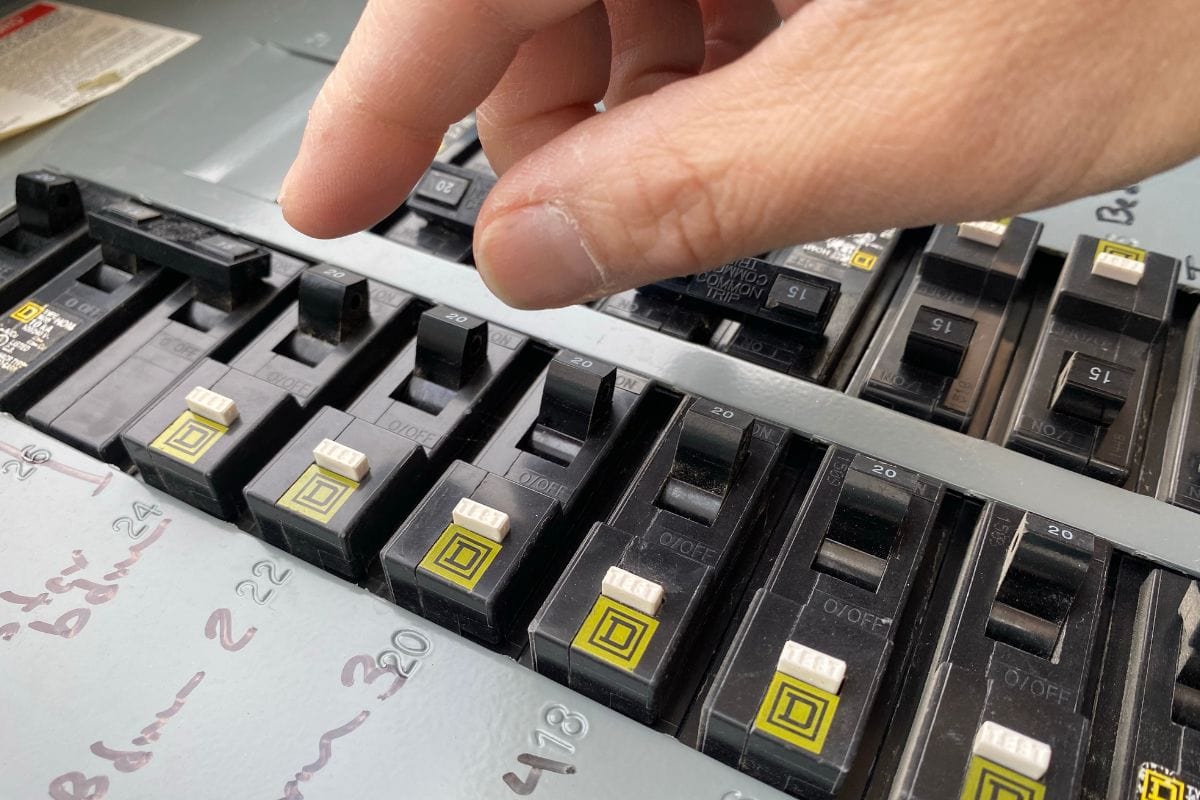
The National Electric Code mandates that every item or appliance designated as critical-use must have access to a separate electrical circuit to prevent another device from tripping the breaker and shutting off power to that vital equipment.
These electrical components' major objective is to guarantee the performance, efficiency, and safety of heavy-duty appliances.
What Is A Furnace Disconnect Switch And How Does It Work?

This switch is used to turn the furnace on and off as needed by cutting off the power to it. Most building codes call for a furnace switch or disconnecting method to be placed nearby and in plain view of the furnace. It is typically fixed to the furnace's side or an adjacent wall.
The disconnect switch typically resembles a standard wall switch for lighting fixtures in appearance.
You can turn off the power to the furnace's circuit at the circuit breaker, the disconnect, or both to guarantee safety while performing maintenance on the furnace.
The disconnect switch is a further safety precaution in addition to being convenient. It guarantees that the furnace's electricity is kept off even if someone accidentally activates the circuit breaker.
What Are The Types Of Furnace Disconnect Switch?
There are two types of furnace disconnect switches. These are:
Single-pole Switch
This type is comparable to a typical wall switch for lighting fixtures. The voltage and amperage of the furnace circuit are taken into consideration while installing these switches.
Fused Switch
It is a unique switch made up of a toggle switch and a fuse. By unscrewing the fuse, turning off the switch, or doing both, you can cut the electricity to the furnace. The fuse is protected by a metal lid with a hinged side that fits into the fuse socket.
Fused switches are required by several local ordinances and furnace manufacturers. These switches can be found in some older furnaces, especially older oil-burning ones.
What Is A Lockable Breaker And Is It Safe?
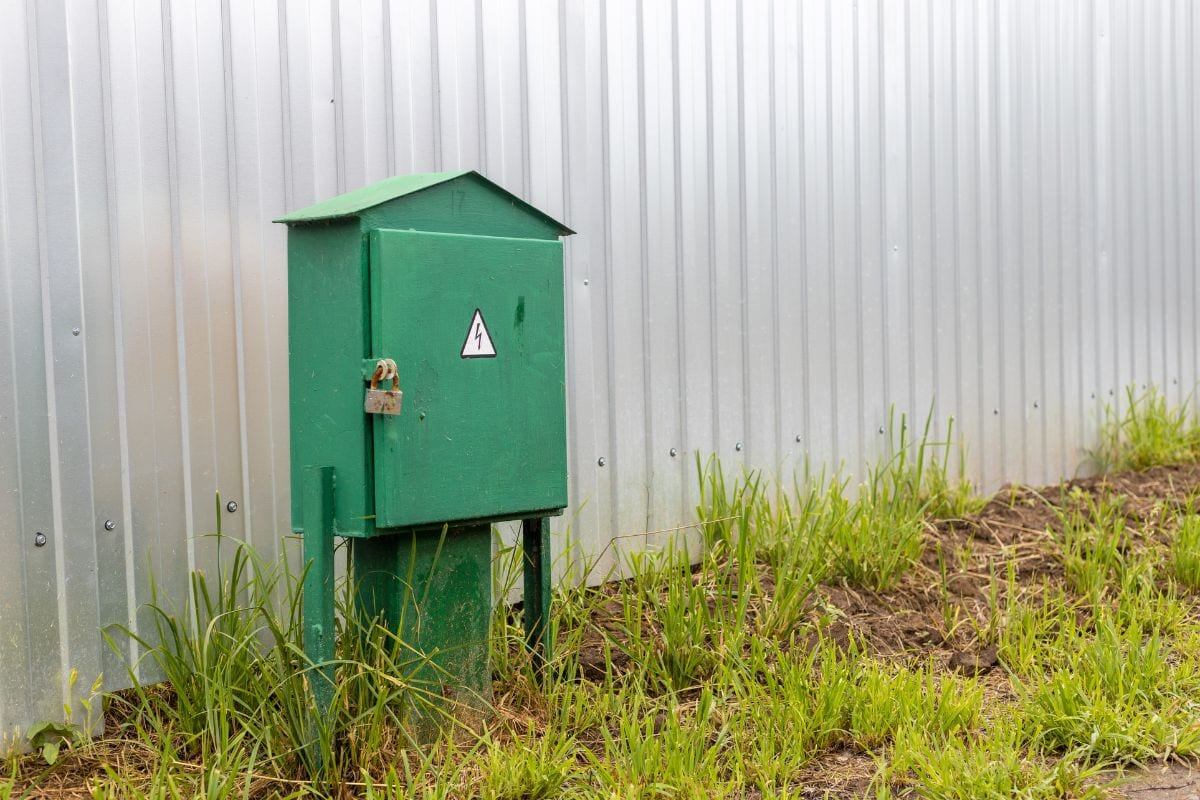
A lockable breaker rather than a switch next to the furnace may be permitted as a furnace disconnect according to some local laws.
This is not the optimal solution and is not advised for new furnace installations due to the lack of convenience and potential safety risk. However, if your ancient furnace doesn't have a disconnect switch that can be seen from the furnace, look to see whether the circuit breaker has a locking mechanism.
If not, it might be wise to install a disconnect switch to ensure safety the next time the furnace needs upkeep or repairs.
What Are The Advantages Of Having A Dedicated Circuit?
Here are some of the benefits of having a dedicated circuit:
Make Enough Electrical Current Available
Compared to smaller devices and lights, major appliances require a significantly higher electrical current. You would immediately overload your home's electrical system if you connected your dishwasher or electric range to a standard electrical outlet.
You can make sure your appliance receives enough electrical current with a dedicated circuit without running the risk of overloading the other electrical outlets in your home.
Your dedicated circuit will be set up by your electrician so that it consistently feeds your appliance with the correct quantity of power.
Eliminate Electrical Safety Risks
Installing dedicated circuits throughout your house will also help keep your electrical system safe by preventing potentially dangerous safety issues.
An appliance may put your home at risk of an electrical fire if you connect it to a standard circuit rather than a dedicated one. You'll feel more at ease after installing your new appliances if you invest in dedicated circuits.
Avoid Paying Fines
Before installing your next device, make sure to build separate circuits to avoid breaking the National Electrical Code and incurring hefty fines.
To ensure that all residential and commercial properties are shielded from electrical safety risks, the NEC was developed. Your electrician can assist you in making sure that all of your outlets and appliances adhere to safety standards.
What Are The Levels Of Dedicated Circuits?
Dedicated circuits have two levels:
- 20-amp circuit
- 30 to 50-amp circuit
20-amp Circuit
Mid-range appliances, such as kitchen outlets or home entertainment systems, can be supported by a 20-amp dedicated circuit.
For the continuous operation of toaster ovens, stand mixers, and coffee makers, modern kitchens may have numerous 20-amp dedicated circuits installed.
Click here for this product on Amazon
30 to 50-amp Circuit
A 30- to 50-amp dedicated circuit is required for powerful appliances like water heaters, clothes dryers, and ovens.
By providing double pole protection, these circuit breakers often stop a circuit from consuming too much power and potentially igniting a fire.
Click here for this product on Amazon
How Much Does It Cost To Install A Dedicated Circuit?

Dedicated circuit installation typically costs $700, but can range from $570 to $1,000 depending on where you live and how complicated the process is.
To give you a reference, listed below is a breakdown of typical prices for some US cities.
|
Name Of City |
Average Installation Cost |
|
Des Moines, IA |
$610–$740 |
|
Detroit |
$670–$820 |
|
Los Angeles |
$710–$870 |
|
Miami |
$570–$700 |
|
New York |
$890–$1,090 |
|
Philadelphia |
$720–$880 |
|
Santa Fe, NM |
$645–$790 |
|
Seattle |
$715–$875 |
| Topeka, KS |
$600–$740 |
What Other Appliances Need A Dedicated Circuit?
Dedicated circuits are typically advised for electronics that require a lot of power and are known to create voltage surges or fluctuations when turned on and off, which could impact other electrical equipment that shares an electrical circuit.
So here are the appliances and electronics that need their own dedicated circuit and breaker:
High-Power Demand Equipment
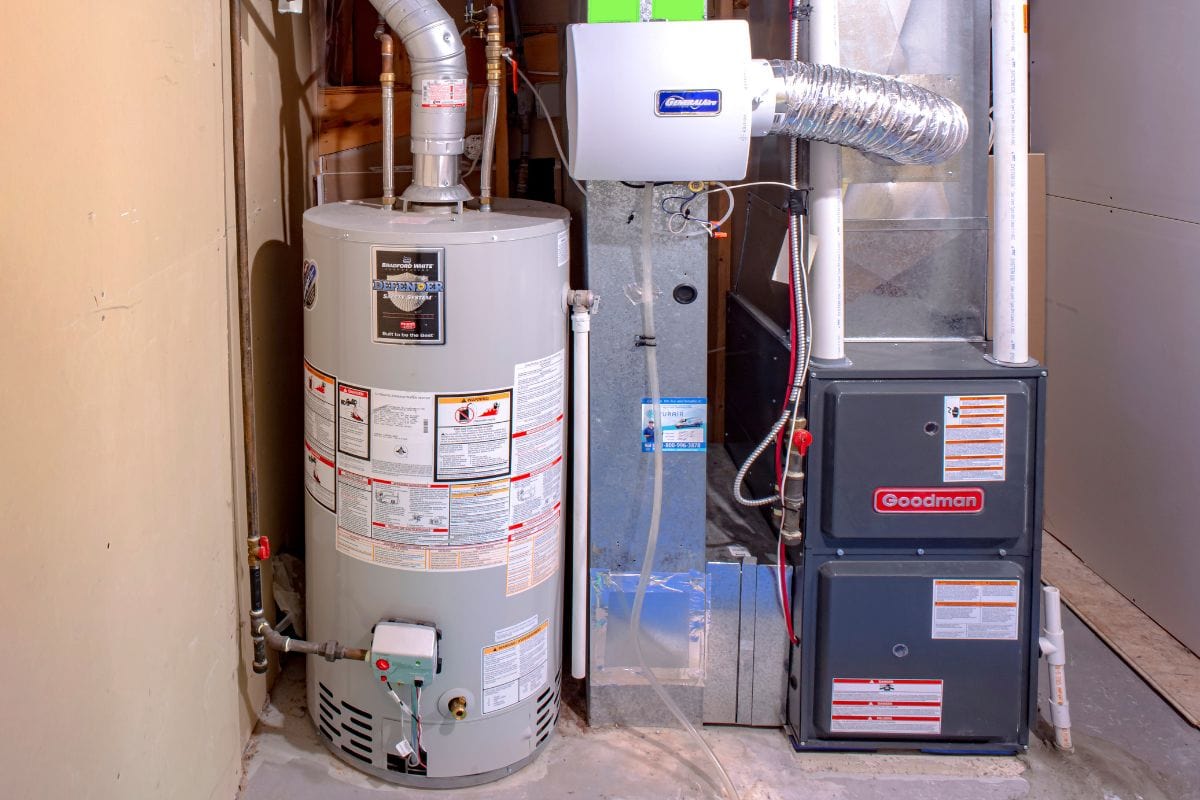
The appliances that use a lot more power than other gadgets in the home or workplace often need to be linked to their circuit with a separate circuit breaker.
Equipment and appliances that use a lot of power include:
- Refrigerators
- Water heaters
- Wall ovens
- Furnaces
- Electrical ranges
- Heating and air conditioning units
- Dryers
- Washing machines
Critical-Use Appliances
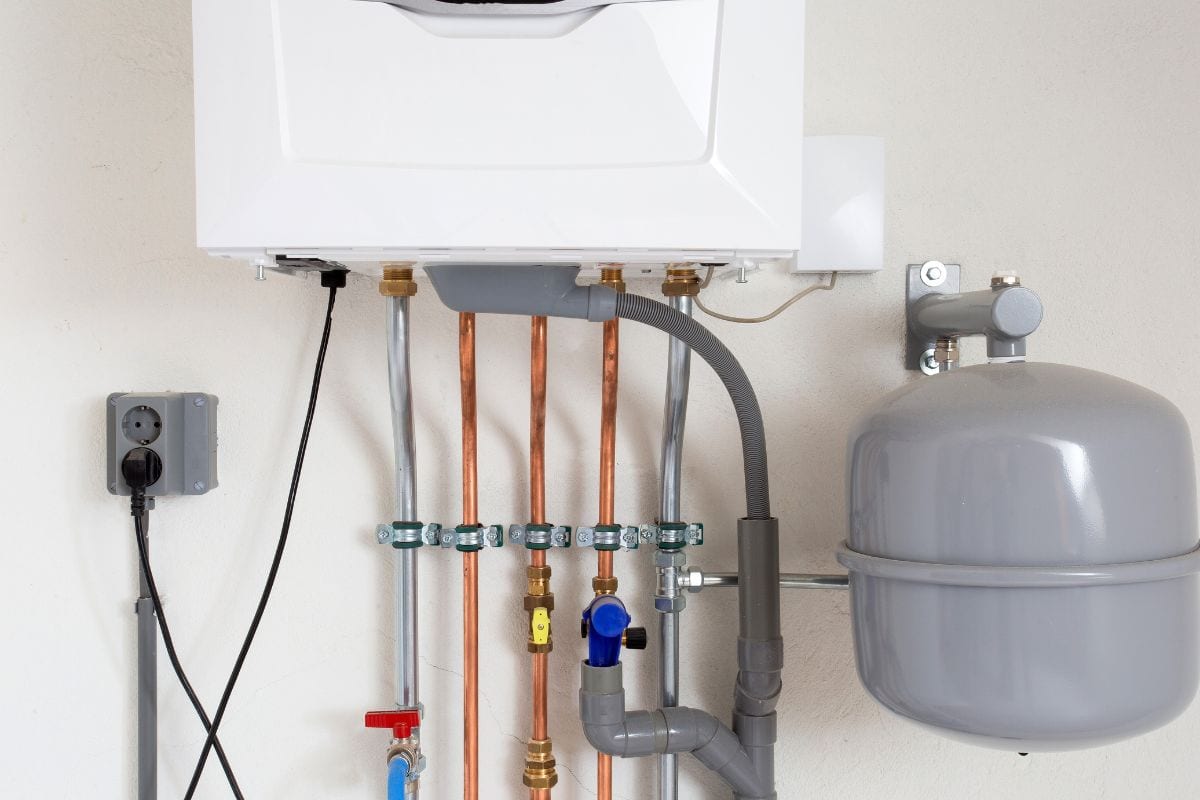
The National Electric Code specifies that every item or appliance designated as critical-use must have access to a separate electrical circuit to prevent another device from tripping the breaker and shutting off power to that vital equipment.
For instance, you can find yourself in a house that is freezing, without hot water, with a basement that is flooded, or with a fridge full of rotten food if the circuit breaker for your furnace, water heater, sump pump, or refrigerator trips and you are unaware of it.
Any electrical equipment that must operate to safeguard your loved ones, assets, and property needs to be connected to a dedicated circuit.
Costly Appliances
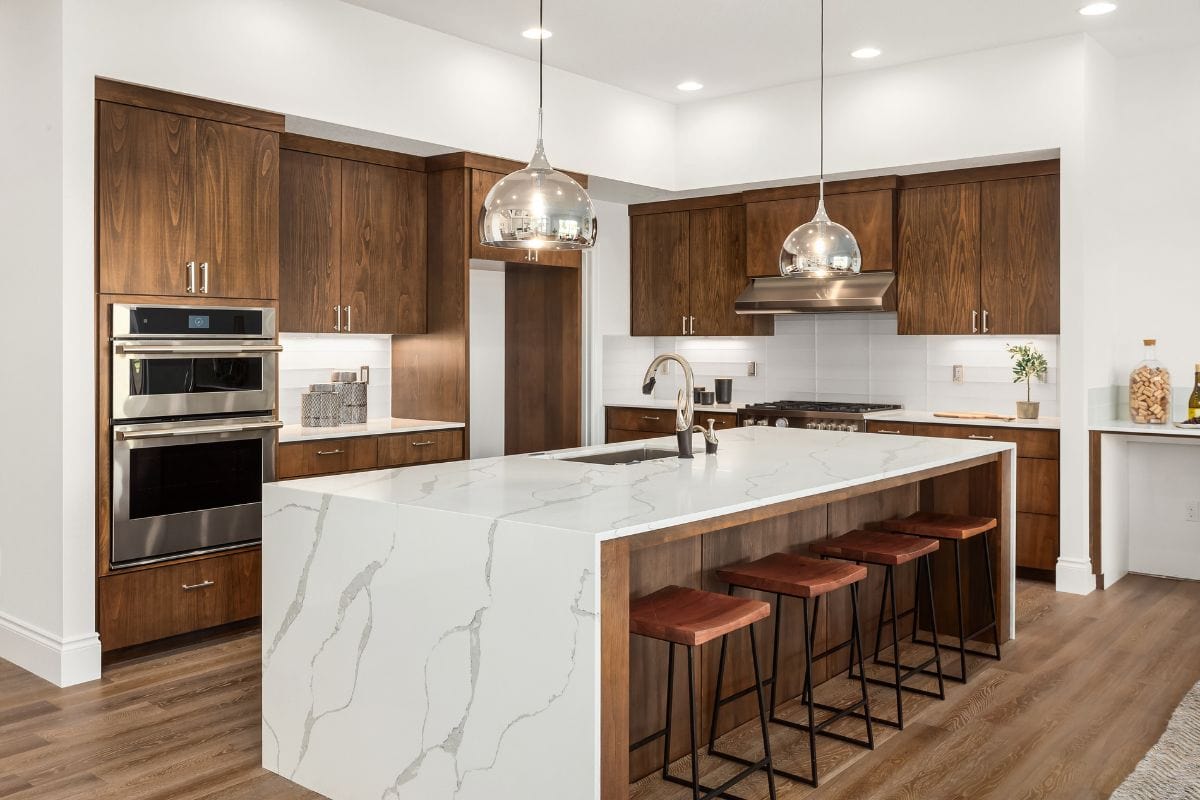
It follows that the available electrical supply will be shared among the connected electronic devices when there are several of them on the same circuit. Low-energy users like lamps and fans normally don't have any issues with this.
On the other hand, costlier electronics could be more vulnerable to power-voltage variations that can happen on shared circuits. You should take into consideration placing pricey gadgets on a dedicated circuit to secure your assets.
In Closing
Aside from the fact that it is mandated by the NEC, having a dedicated circuit for your furnace helps you eliminate the risk of catching fire since it serves as your current overload protection. Additionally, having a furnace disconnect switch helps you control your furnace easily.
On the other hand, it is better to invest in a dedicated circuit installation than suffer and pay hefty fines because of a violation of the National Electrical Code.
If you enjoyed this post, you can check out the other articles on this page:


